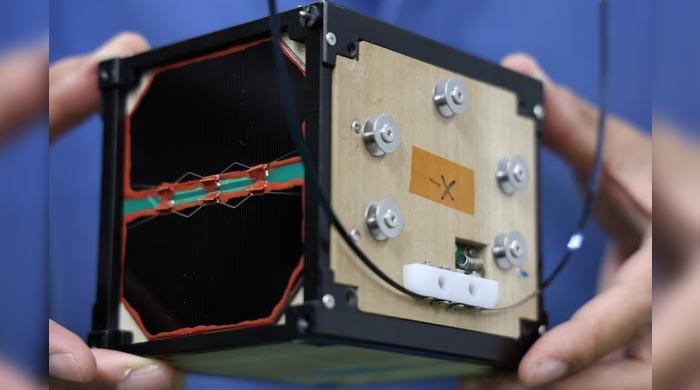A rare species of bee was found on land where the company was planning to put a nuclear-powered artificial intelligence data center, the Financial Times reported, citing people familiar with the matter. Meta CEO Mark Zuckerberg reportedly told employees during an all-hands meeting that the rare bees would further complicate a deal with an existing nuclear power plant to build the data center.








